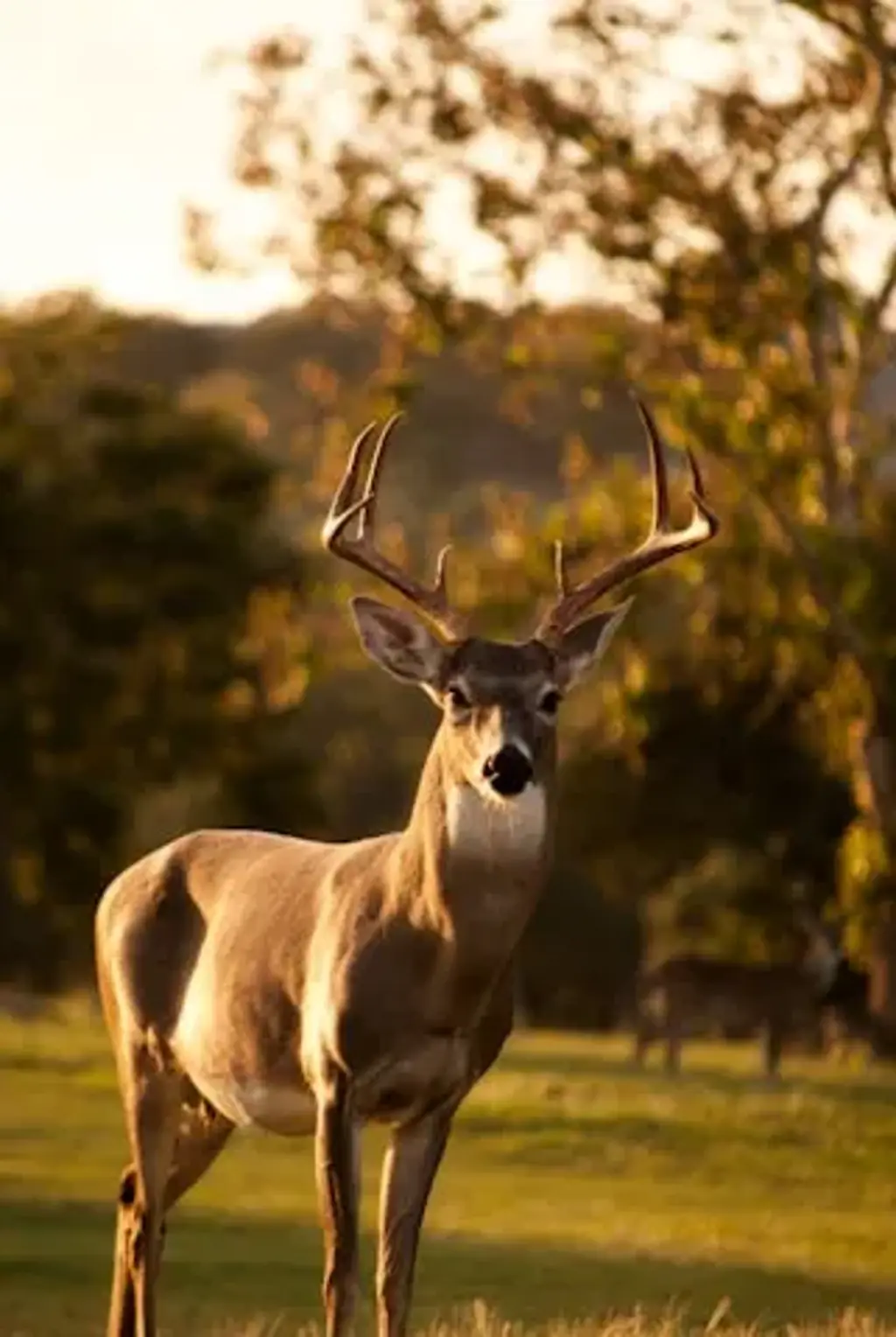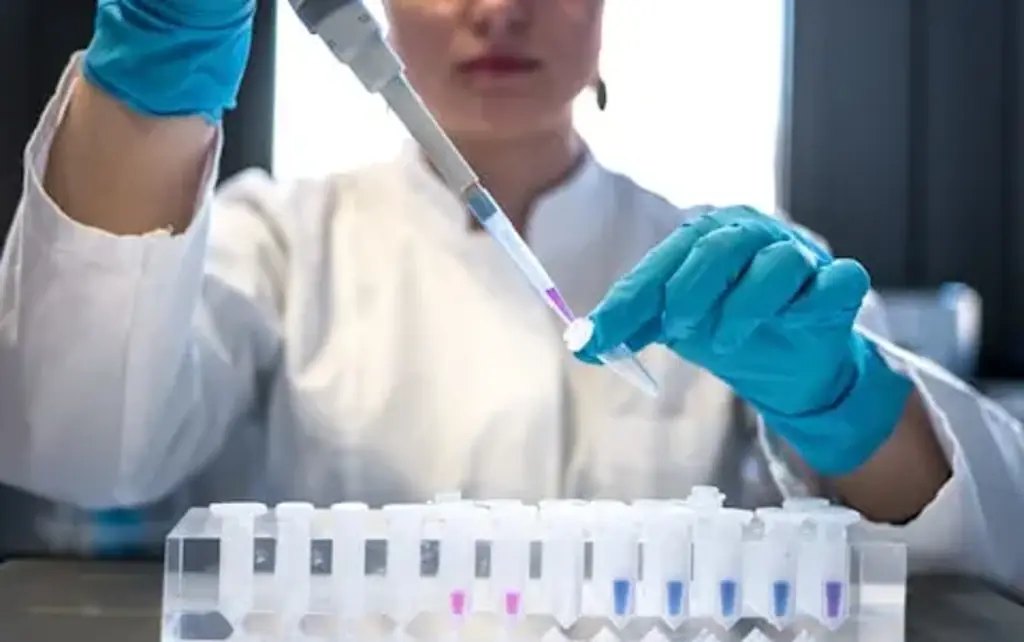
Satellite imaging has revealed that there are almost 20% more emperor penguin colonies in Antarctica than scientists had previously believed.
Scientists from the British Antarctic Survey (BAS) used satellite mapping technology to look at penguins in the area, and in the course of doing so discovered 11 new colonies, taking the total to 61 colonies across the continent.
Researchers said that the study would "provide an important benchmark for monitoring the impact of environmental change on the population of this iconic bird."
[[twitterwidget||https://twitter.com/LewisPughFDN/status/1291307285654929409]]
Dr Peter Fretwell, lead study author and geographer at BAS said of the findings:
"This is an exciting discovery.
"The new satellite images of Antarctica's coastline have enabled us to find these new colonies.
"And whilst this is good news, the colonies are small and so only take the overall population count up by five to 10 percent to just over half a million penguins, or around 265,500 to 278,500 breeding pairs."
While the news is naturally welcome, experts are warning that the emperor penguins face a real threat as a species from the impact of global warming.
[[twitterwidget||https://twitter.com/BAS_News/status/1290912005902262272]]
Dr Phil Trathan, who is head of conservation biology at BAS and has been studying penguins for the last three decades said of the findings:
"Whilst it's good news that we've found these new colonies, the breeding sites are all in locations where recent model projections suggest emperors will decline.
"Birds in these sites are therefore probably the 'canaries in the coal mine'. We need to watch these sites carefully as climate change will affect this region."
Three of the colonies were previously identified but had not been confirmed, the authors of the study said. Scientists have been searching for new penguin colonies for 10 years now, by studying the excrement stains left by the animals on the ice. Researchers manually study the images, looking for brown pixels which indicate the stained areas.














